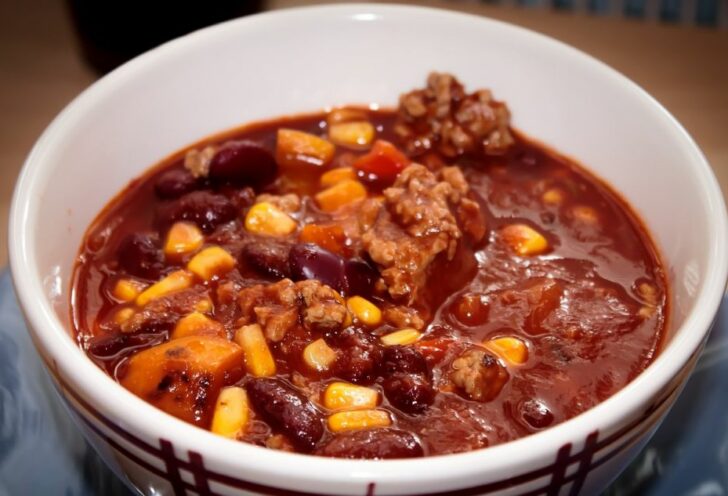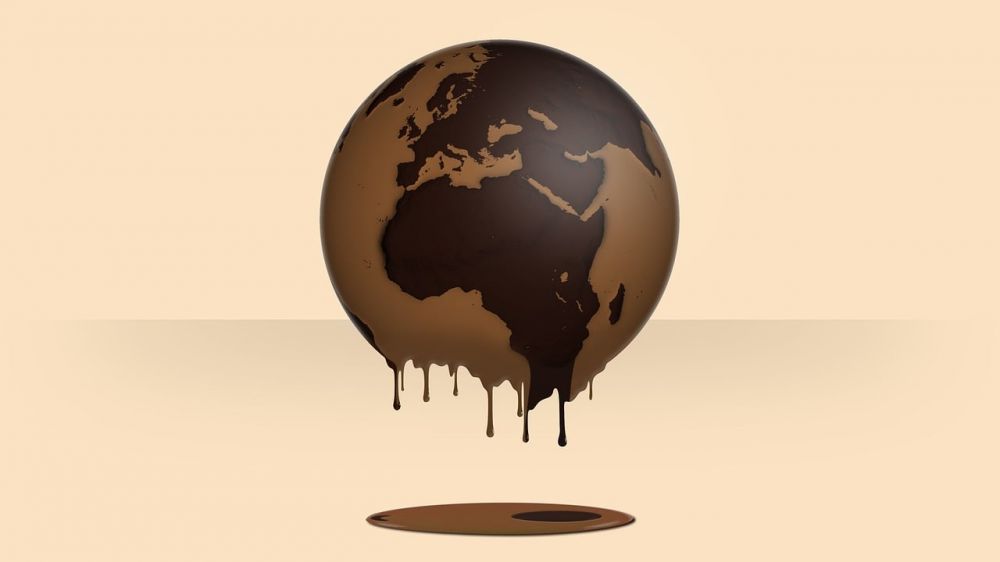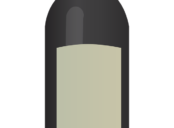Raclette Ost: En Grundlig Översikt över en Delikat Essens

Introduction
Raclette ost, a traditional Swiss cheese, is a versatile and indulgent ingredient that has gained popularity worldwide. With its unique melting properties, distinct flavor profile, and rich history, raclette cheese has become a beloved choice for food enthusiasts. In this article, we will delve into the depths of raclette cheese, exploring its various types, quantifying its qualities, discussing the differences between them, and even taking a journey through its captivating history.
A Comprehensive Presentation of Raclette Ost

Raclette ost, often referred to as the king of melting cheese, is a semi-hard cheese made from cow’s milk. Originating from the French word ”racler,” meaning ”to scrape,” raclette cheese’s name perfectly encapsulates its traditional preparation method. The cheese is melted and scraped onto various accompaniments, creating a truly mouthwatering experience.
Raclette cheese can vary in texture, ranging from firm and smooth to soft and velvety. Several types of raclette cheese exist, each with its own distinct characteristics. Some popular varieties include Swiss Raclette, French Raclette, and Raclette de Savoie. Swiss Raclette boasts a creamy texture with a delicate nutty flavor, while French Raclette is noted for its rich and robust taste. Raclette de Savoie, on the other hand, offers a powerful aroma and a pronounced fruity taste.
Quantitative Measurements of Raclette Ost
To appreciate raclette cheese fully, it’s crucial to understand its quantitative measurements. Raclette cheese typically has a fat content of about 45-50%, making it a rich and indulgent delicacy. When melted, a 200-gram portion can cover approximately 2-3 plates of accompaniments, ranging from potatoes and bread to vegetables and charcuterie. However, these measurements can vary depending on personal preferences and desired portion sizes.
Discussing the Differences between Raclette Ost Varieties
While all raclette cheeses share similar characteristics, they also possess unique attributes that set them apart. The variations in flavor, texture, and aroma among different raclette cheese types arise from factors such as the region of production, the breed of cow, and the aging process.
For example, Swiss Raclette is generally milder and creamier, ideal for those who prefer a subtler taste. French Raclette, on the other hand, is known for its bolder flavor and smooth, velvety texture. Raclette de Savoie, with its distinctive fruity notes and strong aroma, appeals to those seeking an intense cheese experience. These differences make raclette cheese a versatile ingredient, allowing individuals to choose based on their personal preferences and the desired outcome of their culinary creations.
A Historical Journey Through the Advantages and Disadvantages of Raclette Ost
To truly appreciate raclette cheese, one must understand its culinary historical context. Raclette cheese dates back centuries, originating in the mountainous regions of Switzerland and France. Historically, raclette cheese was created by shepherds, who melted the cheese near an open fire and scraped it over potatoes and pickles. This method allowed for the consumption of a filling and warming meal during the cold winter months when fresh produce was scarce.
Over time, raclette cheese evolved and gained popularity, becoming a cherished dish for festive gatherings and special occasions. Today, raclette cheese is celebrated for its ability to bring people together, indulging in the art of melted cheese and creating unforgettable memories.
However, despite its many advantages, raclette cheese may not be suitable for everyone. Its high-fat content and rich flavor make it a less suitable option for individuals with dietary restrictions or preferences. Additionally, its strong aroma may not appeal to everyone’s taste. Nonetheless, raclette cheese remains a beloved choice for those who appreciate its distinct qualities and embrace its indulgent nature.
Conclusion
Raclette ost, with its rich history, diverse varieties, and unique sensory experience, has undoubtedly secured its place as a culinary gem within the world of cheese. Whether enjoyed as a delightful meal centerpiece or as a flavor-enhancing ingredient, raclette cheese continues to tantalize taste buds and ignite passion in food enthusiasts around the globe. So, gather your loved ones, ignite the raclette grill, and let the intoxicating aroma and creamy delight of raclette cheese transport you to a world of gastronomic bliss.





















